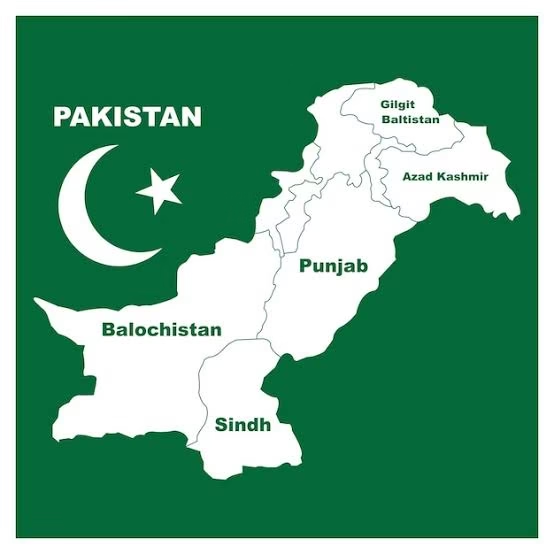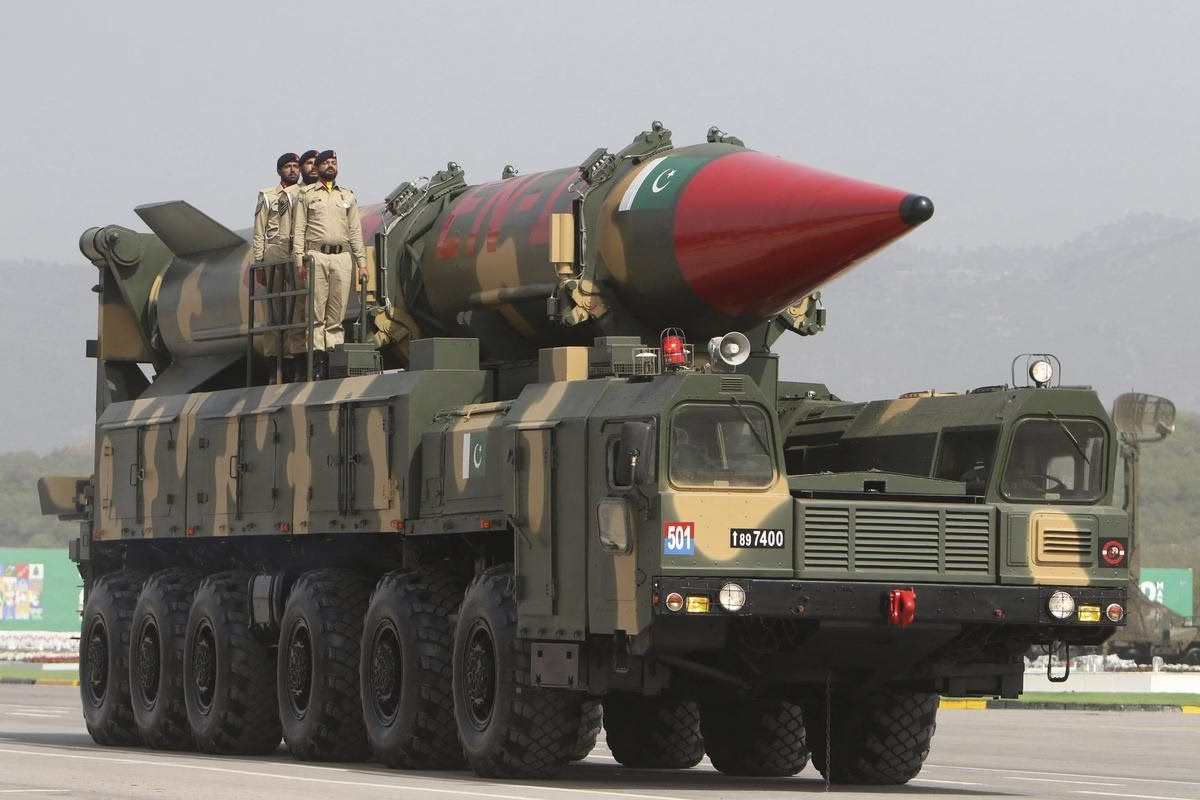A new report has outlined three possible scenarios for restructuring Pakistan’s administrative system to improve governance, resource distribution, and poverty alleviation.
Three Scenarios for Restructuring
- 12 Provinces – Each province would serve around 20 million people, with estimated provincial budgets of Rs994 billion.
- 15–20 Provinces – Population per province would range between 12–16 million, with annual budgets of Rs600–800 billion.
- 38 Federal Divisions – Each division would cover approximately 6.3 million people, functioning as smaller administrative units for more localized governance.
Current Challenges
With a population of 241.5 million concentrated in just four provinces, Pakistan’s current administrative structure results in uneven resource allocation. On average, each province manages more than 60 million people, creating disparities in budget distribution. For instance, Punjab receives Rs5,355 billion, while Balochistan gets only Rs1,028 billion.
Poverty levels also vary sharply:
- Punjab – 30%
- Balochistan – 70%
- Khyber Pakhtunkhwa – 48%
- Sindh – 45%
The average provincial poverty rate has now reached 40%, driven by unemployment, weak educational access, and economic inequality.
Economic Impact of New Provinces
According to the think tank behind the report, creating smaller provinces or federal divisions could:
- Ensure more efficient budget utilization
- Reduce poverty and generate job opportunities
- Boost provincial revenues through reforms in agriculture and property taxation (adding 1% of GDP



